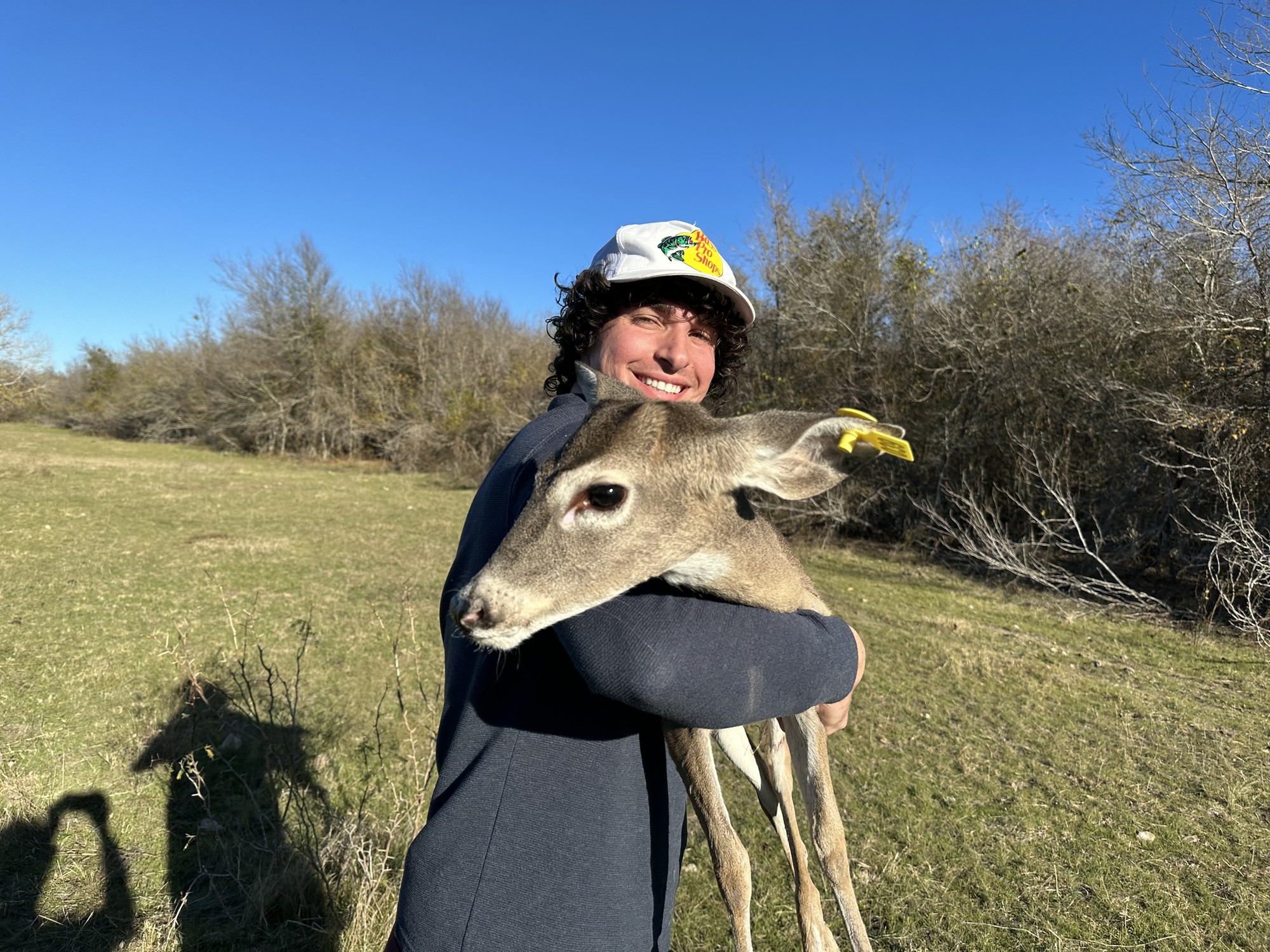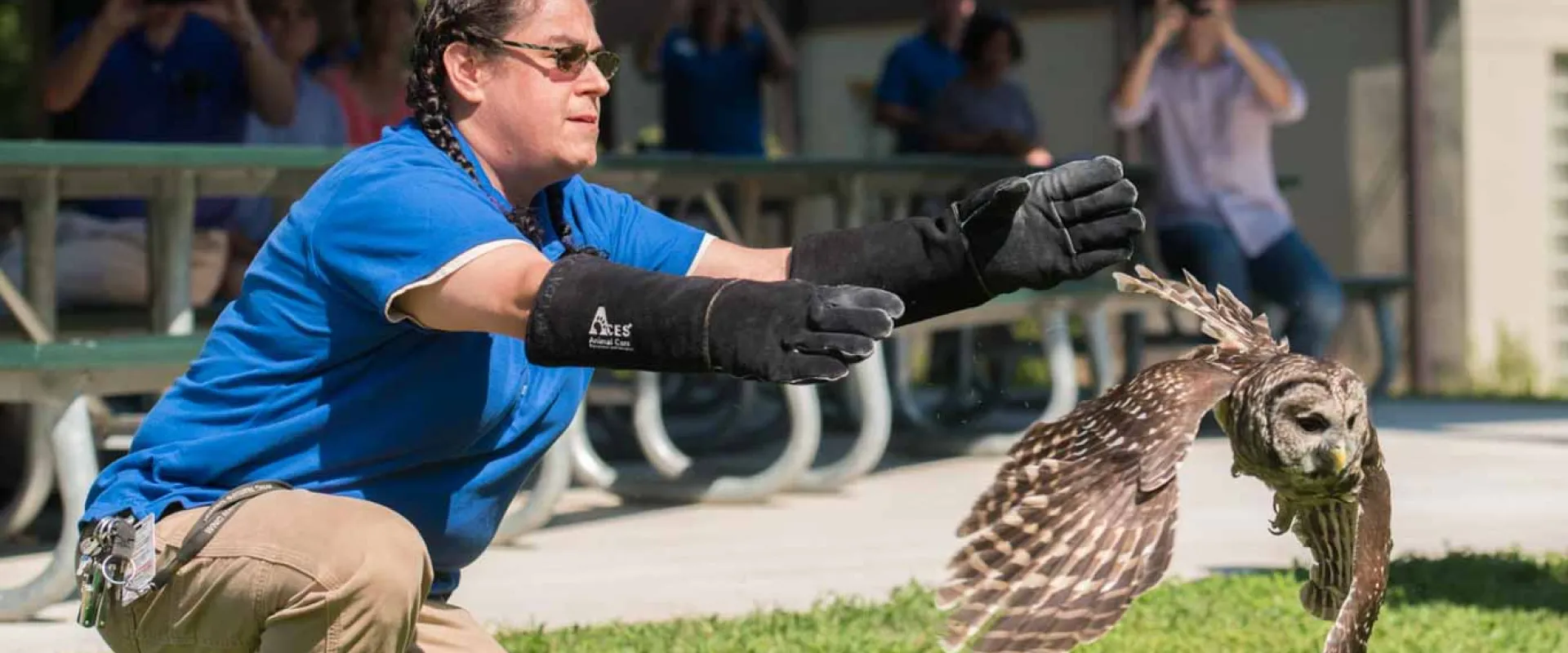The Function of Burlington Wildlife Rescue in Supporting Endangered Types
The Function of Burlington Wildlife Rescue in Supporting Endangered Types
Blog Article
Common Challenges and Solutions in Urban Wild Animals Removal Initiatives
Urban environments existing one-of-a-kind obstacles for wild animals administration experts charged with removing or managing wild animals populations. These challenges frequently intersect with ethical factors to consider, lawful structures, and the security of both people and animals. Public resistance and misunderstandings additionally make complex these efforts, demanding ingenious, non-lethal services and robust area outreach. Understanding the complexities included in metropolitan wildlife elimination is critical for creating techniques that stabilize human safety with wild animals well-being. What approaches have verified most reliable, and how can areas be better engaged to sustain these initiatives? This discourse seeks to uncover the complex balance required for successful city wild animals monitoring.
Ethical Wild Animals Management
Addressing the complexities of ethical wild animals administration calls for an equilibrium between human passions and the preservation of wildlife ecological communities. In urban settings, this equilibrium ends up being increasingly tough as human expansion encroaches on wild animals environments, causing frequent human-animal communications. Moral wildlife administration in these atmospheres needs approaches that focus on humane therapy of pets while alleviating prospective disputes.
One of the core concepts in ethical wildlife administration is the avoidance of injury. This involves using non-lethal approaches for wild animals elimination, such as exclusion strategies that stop animals from getting in human dwellings, or using deterrents that lead them far from city areas. Wildlife specialists are tasked with utilizing approaches that minimize tension and injury to the pets, guaranteeing their well-being is taken into consideration along with human security.
It is necessary to examine the eco-friendly duties of metropolitan wildlife and exactly how their elimination may affect neighborhood biodiversity. Eventually, reliable moral wildlife administration includes cooperation in between preservationists, policymakers, and the public to maintain urban environments.
Navigating Lawful Restrictions
Navigating the lawful landscape of urban wild animals elimination offers a complex layer to the already tough job of ethical wildlife monitoring. Lawful restrictions are important in guaranteeing that wild animals is dealt with humanely and ecological communities are protected. These regulations differ considerably across regions, requiring thorough understanding and conformity from those associated with wild animals administration. Rules usually specify allowable methods of removal, protected species, and licensure needs, thus shaping the approaches utilized by professionals.
One major difficulty is the constant advancement of these legislations, usually driven by ecological modifications and social perspectives towards wildlife conservation. Because of this, specialists need to continue to be informed about current legal requirements and upcoming legislative changes. Non-compliance can cause substantial charges, legal implications, and reputational damages.
Furthermore, cooperation with local authorities can be critical in navigating these limitations effectively. Building relationships with wildlife firms and lawful experts can provide valuable understandings and support. This cooperation makes sure that elimination efforts are not only lawful but also straighten with broader conservation goals. Therefore, understanding and sticking to lawful frameworks is not just a procedural requirement but a basic component of liable and sustainable city wild animals management.

Safety And Security in Removal Practices
Ensuring security in wild animals elimination methods is vital to shielding both human and animal welfare. These initiatives require a balanced technique that minimizes danger while attaining the wanted end result of relocating animals from urban settings. A key concern in wildlife removal is the capacity for injury or condition transmission to humans, demanding using individual safety tools (PPE) such as goggles, gloves, and masks. Educated specialists need to handle removals to prevent intensifying the situation, as untrained people might unintentionally hurt themselves or the animals involved.
Safe removal practices likewise consist of using humane catches made to stop injury. These catches have to be frequently monitored to guarantee that animals are not left in distress. In addition, it is essential to follow standards that determine the proper handling, transport, and launch of captured wild animals, making sure that the pets are gone back to appropriate environments where they can prosper without posturing more dangers to urban environments.
Furthermore, education and training for those entailed in wildlife removal are necessary. This makes sure that all parties are mindful of the most up to date security protocols and strategies, therefore reducing the possibility of mishaps and advertising an unified conjunction in between city dwellers and wildlife.
Ingenious Deterrent Solutions
While safety in wild animals elimination is vital, avoiding encounters with urban wild animals via ingenious deterrent solutions can dramatically reduce the requirement for such treatments. Urban atmospheres, with their wealth of food and sanctuary, usually bring in wild animals like squirrels, pigeons, and raccoons, bring about potential conflicts. Advancements in modern technology and layout have actually paved the way for efficient and innovative deterrent techniques that minimize wildlife presence without harm.
One such service is making use of ultrasonic tools, which send out high-frequency noises inaudible to human beings but unpleasant for different wild animals species, driving them away from specific locations. Furthermore, motion-activated sprinklers can hinder pets by surprising them with abrupt ruptureds of water, effectively inhibiting their return. These gadgets are particularly valuable in securing gardens and environment-friendly spaces from foraging pets.

Moreover, the assimilation of clever illumination systems that readjust their illumination and shade can interrupt the nocturnal activities of certain wildlife, lowering their comfort in metropolitan settings. Physical obstacles, such as bird spikes and nettings, proceed to function as functional deterrents, stopping pets from nesting or roosting in unwanted locations. Stressing humane and anonymous environmentally friendly methods, these innovations hold guarantee for sustainable metropolitan wildlife monitoring.
Area Education And Learning Efforts
Understanding the value of community education and learning efforts is critical in addressing urban wildlife challenges efficiently. Such efforts play a considerable function in promoting conjunction in between people and wild animals in metropolitan settings by increasing understanding and promoting accountable habits. Educating locals about local wildlife varieties, their environments, and actions can lower misconceptions and concern, causing more informed decisions relating to my sources wild animals monitoring.
Area education efforts usually consist of workshops, workshops, and outreach programs made to involve residents of any ages. These efforts can concentrate on sensible suggestions, such as protecting waste containers, mounting bird-friendly frameworks, and avoiding feeding wild animals, which aids protect against bring in animals right into metropolitan areas. By distributing understanding about the ecological roles of wildlife, areas can change point of views from seeing animals as hassles to acknowledging their value within metropolitan environments.
Citizens that recognize the relevance of wild animals preservation are more most likely to sustain humane elimination techniques and habitat protection actions - burlington wildlife rescue. Effective area education and learning calls for collaboration in between local authorities, wildlife specialists, and community leaders to establish customized programs that address certain urban wildlife concerns.
Verdict
Urban wild animals removal needs a complex technique, attending to ethical administration, lawful conformity, and security in elimination methods. Employing ingenious deterrent services and focusing on non-lethal approaches are crucial for reducing human-wildlife dispute. Neighborhood education and learning click this initiatives play a considerable function in changing understandings and motivating coexistence by fostering an understanding of wild animals behavior and decreasing attractants. Effective city wild animals management depends upon cooperation amongst professionals, authorities, and residents, making certain strategies that guard human safety and security while appreciating wildlife welfare.
Urban settings present distinct obstacles for wildlife administration specialists tasked with eliminating or taking care of wild animals populaces. Understanding the complexities entailed in city wildlife removal is crucial for developing methods that balance human safety and security with wildlife welfare.Navigating the lawful landscape of city wild animals removal presents a complicated layer to the currently difficult task of ethical wildlife administration.While safety and security in wild animals elimination is vital, avoiding encounters with metropolitan wildlife with cutting-edge deterrent remedies can significantly lower the demand for such interventions. Effective urban wildlife monitoring pivots on collaboration amongst authorities, professionals, and citizens, making certain approaches that protect human security while valuing wild animals well-being.
Report this page